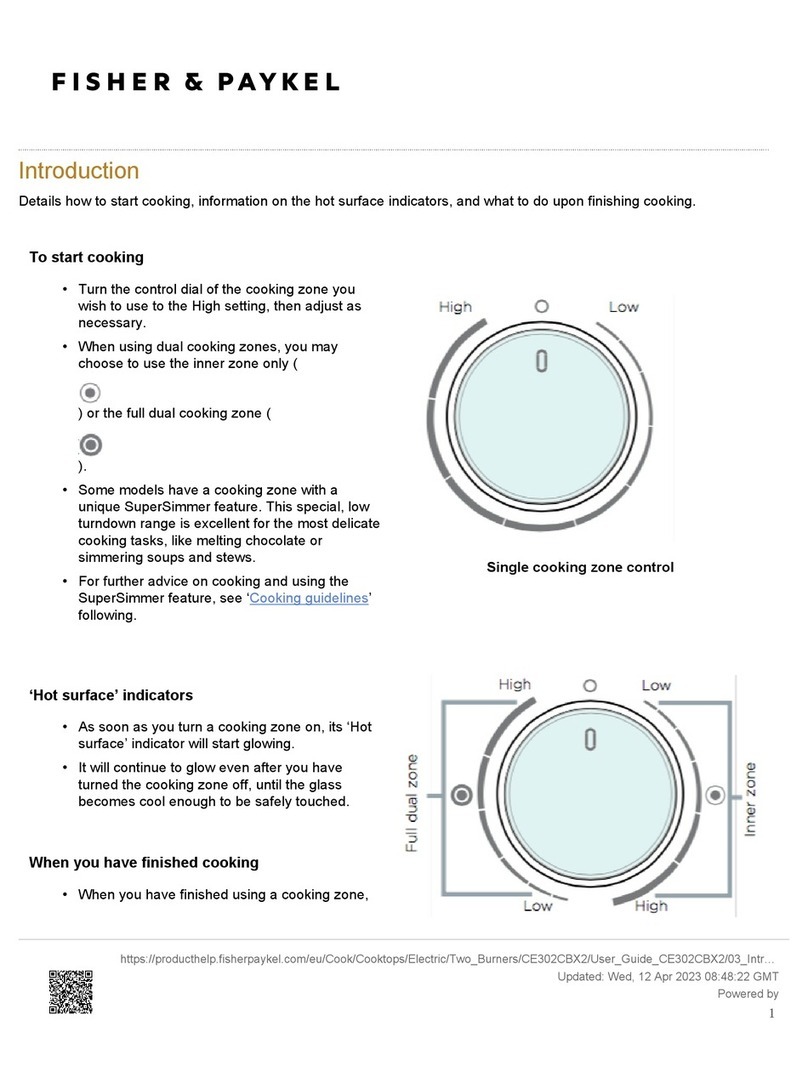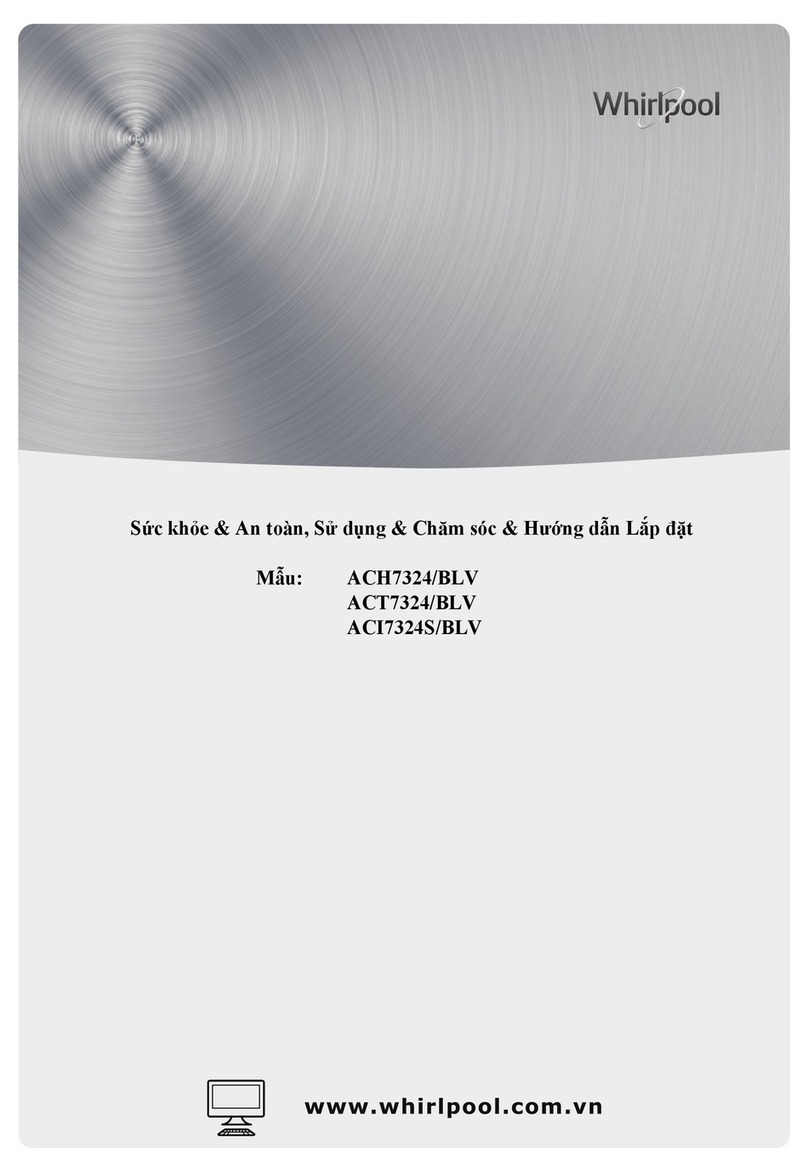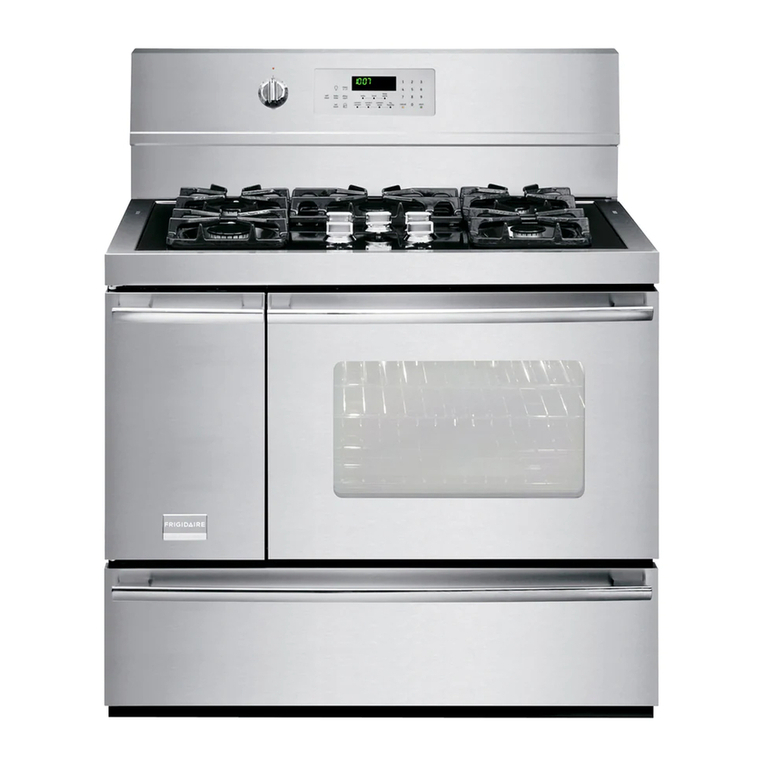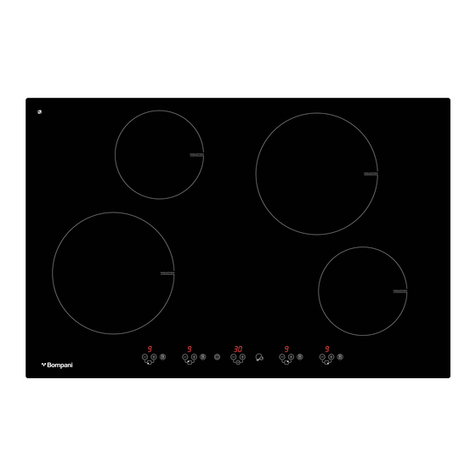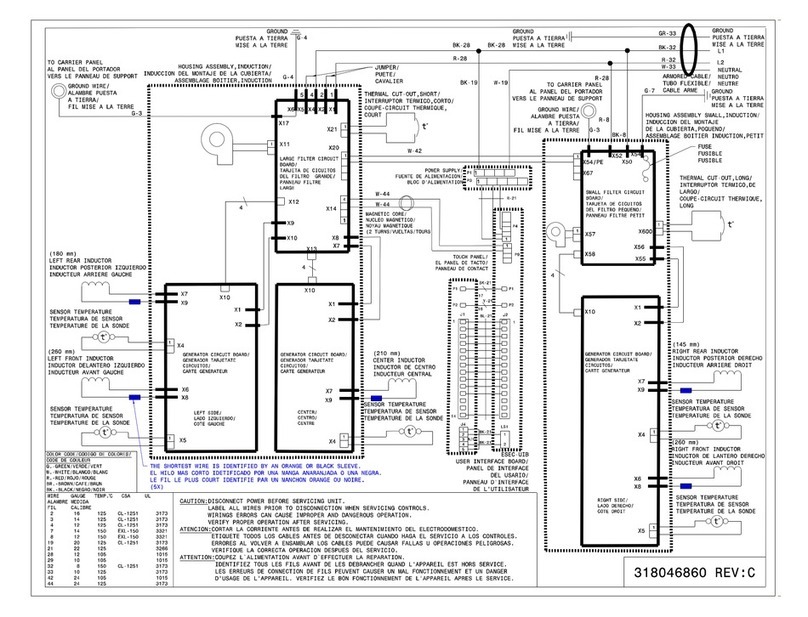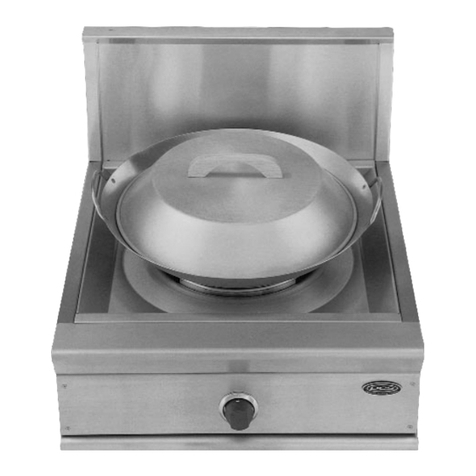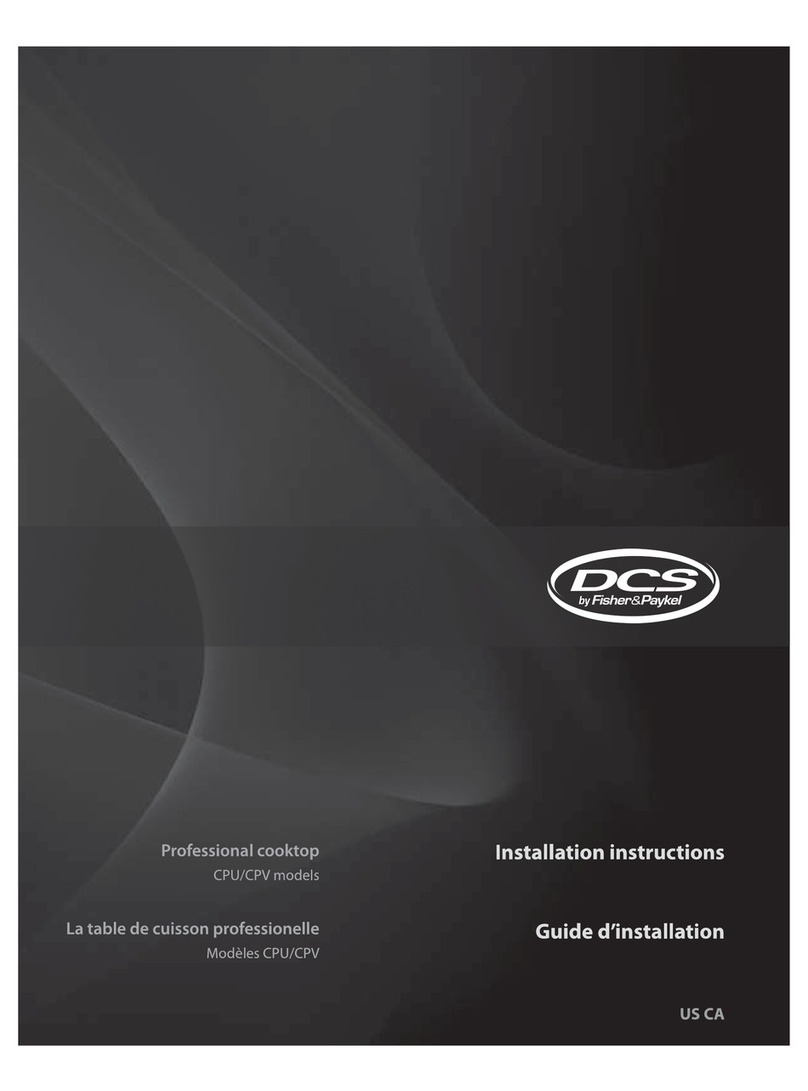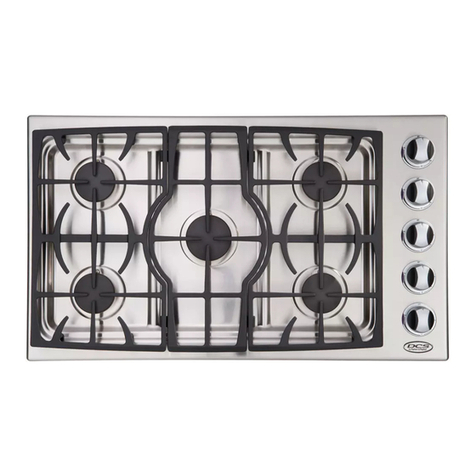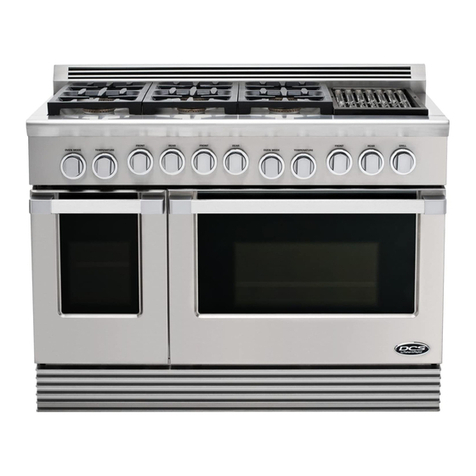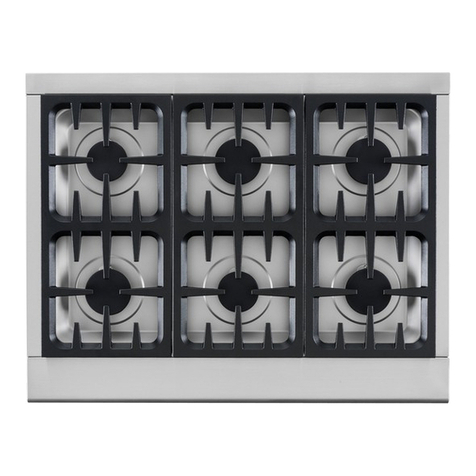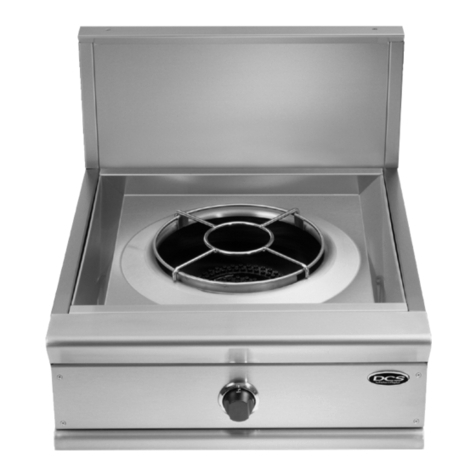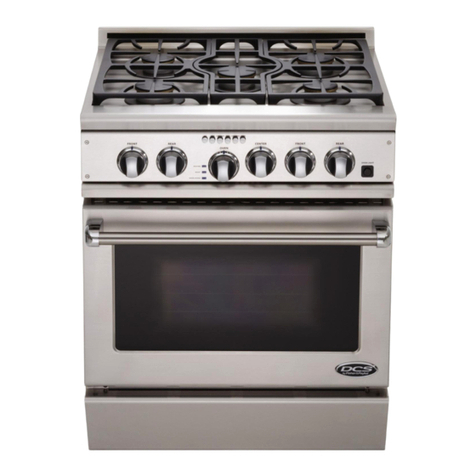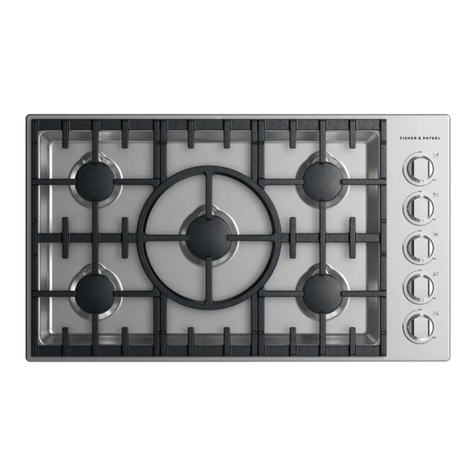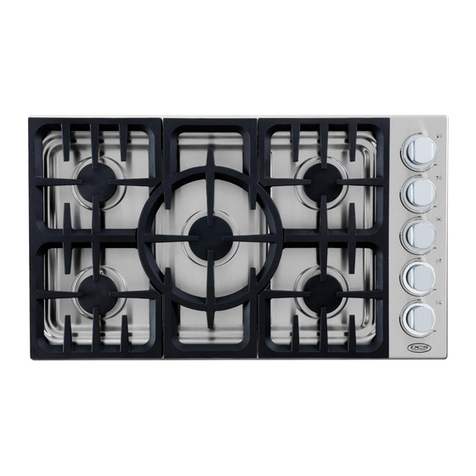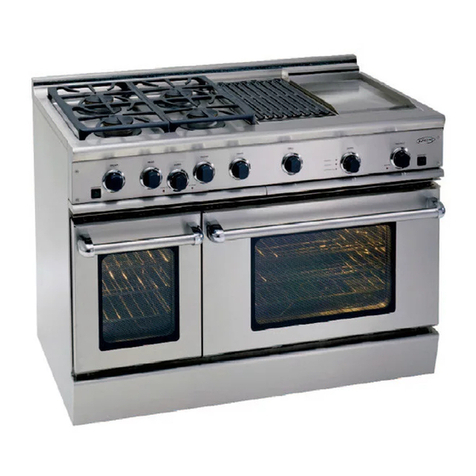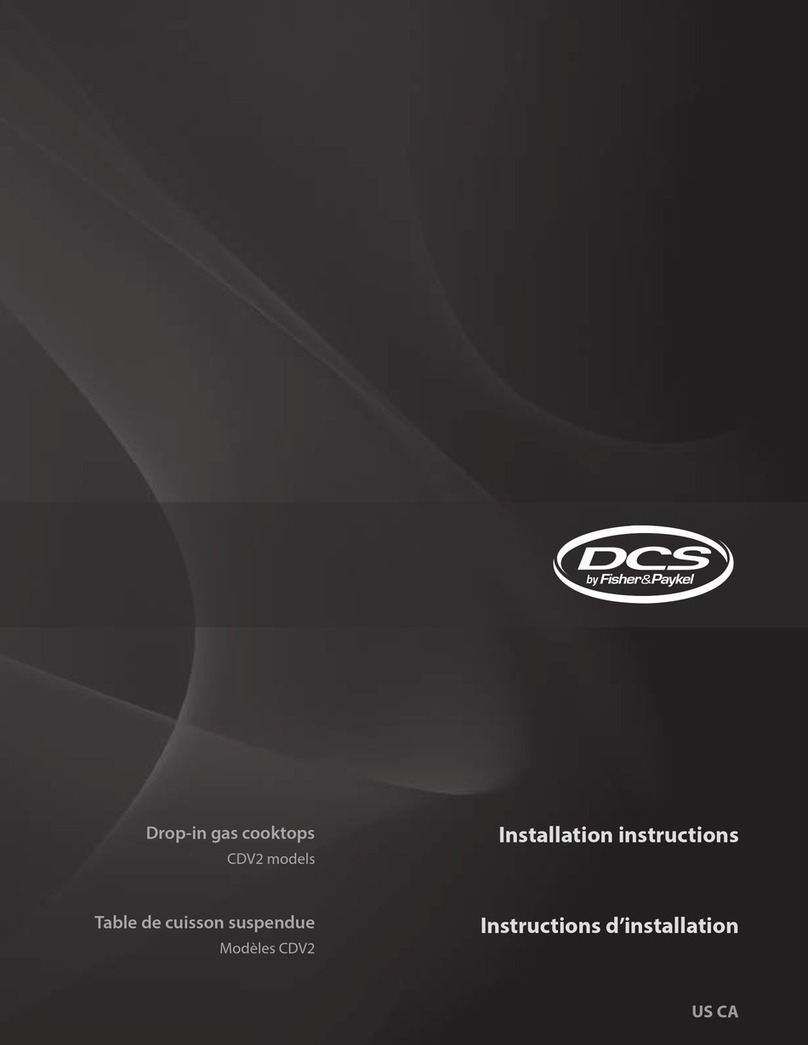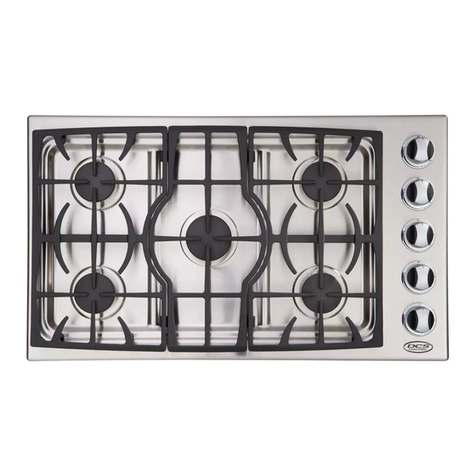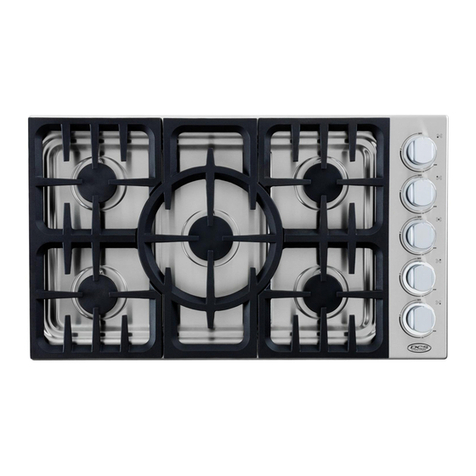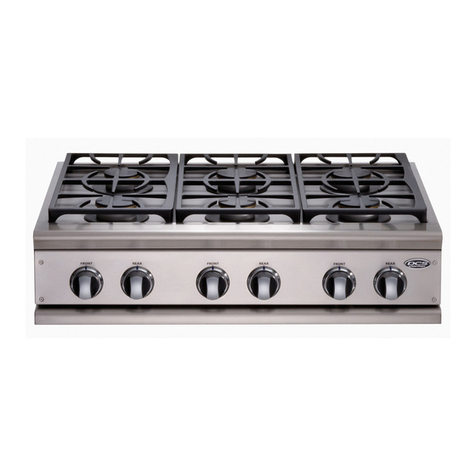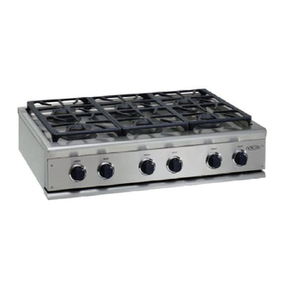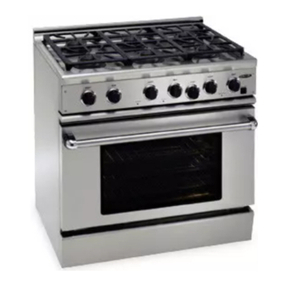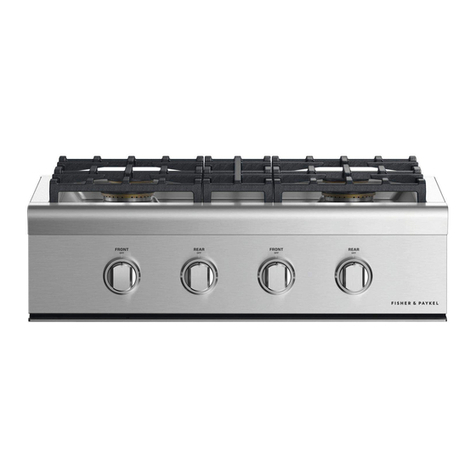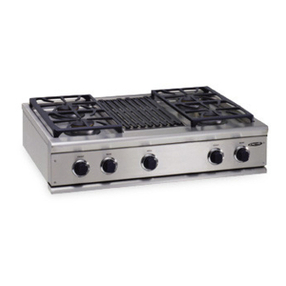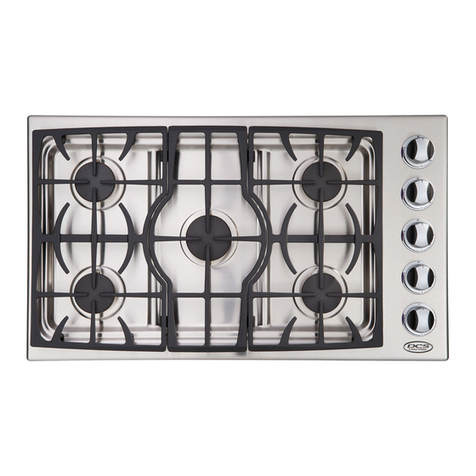
4
SAFETY AND WARNINGS
IMPORTANT SAFETY INSTRUCTIONS!
Operational
Read all the instructions before using the appliance. Use the appliance only for its
intended purpose as described in these instructions.
Be sure your appliance is properly installed and grounded by a qualified technician.
Be sure to have the installer show you where and how to turn off the power supply
to the cooktop (i.e. location of the main fuse or circuit breaker panel) and where and
how to turn off the gas supply to the cooktop in an emergency.
Keep children away from the cooktop when it is in use.
Household appliances are not intended to be played with by children.
Children of less than 8 years old must be kept away from the appliance unless
continuously supervised. This appliance can be used by children aged from 8 years
and above, and persons with reduced physical, sensory or mental capabilities or
lack of experience and knowledge, if they have been given supervision or instruction
concerning the use of the appliance in a safe way and they understand the hazards
involved. Cleaning and user maintenance shall not be done by children without
supervision.
If the electrical supply cord is damaged, it must only be replaced by an authorized
person.
If the appliance is connected to the gas supply with a flexible hose, make sure that
the hose cannot come in contact with the bottom of the appliance or any sharp edges.
Ensure that the electrical connection plug is accessible after installation.
This appliance should be connected to a circuit that incorporates an isolating switch
providing full disconnection from the electricity supply.
Do not use an asbestos mat or decorative covers between the flame and the saucepan
as this may cause serious damage to your cooktop.
Do not place aluminium foil or plastic dishes on the cooktop burners or use aluminum
foil to line any part of the cooktop.
Do not let large saucepans, frying pans or woks push any other pans aside. This could
make them unstable or deflect heat onto your countertop and damage the surface.
For efficient and safe cooking, use cookware of the appropriate size for the different
burners on this appliance. Select cookware with flat bottoms large enough to cover
the burner flames. The use of undersize cookware will expose a portion of the burner
flames to direct contact and may result in ignition of clothing.
For safety reasons, the cooktop burner flame size should be adjusted so it does not
extend beyond the edge of the cookware.
Glazed cooking utensils – only certain types of glass, glass/ceramic, ceramic,
earthenware, or other glazed utensils are suitable for cooktop service without
breaking due to the sudden change in temperature.
Do not use a steam cleaner for cleaning this cooktop.
Clean only the parts listed in this manual.
For proper lighting and performance of the cooktop burners, keep the burner ports
clean. It may be necessary to clean these when there is a boil over or when the burner
does not light, even though the electronic igniters click.
Saucepan handles may be hot to touch. Ensure saucepan handles do not overhang
other gas burners that are on. Keep handles out of reach of children.
After use, ensure that the control knobs are in the OFF position.
